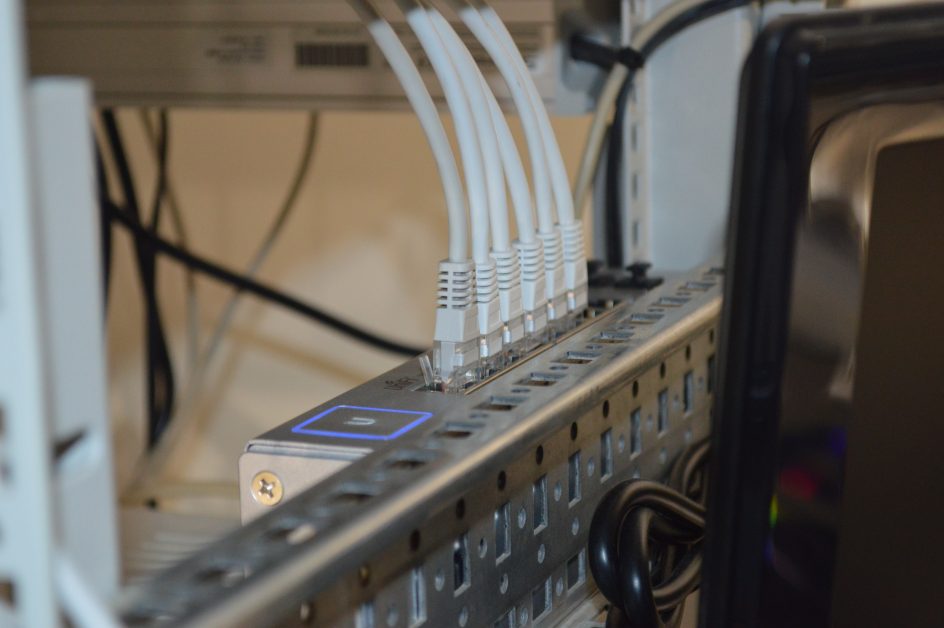
Can web-scraping be used for only professional purposes? Or is it also possible to use for ordinary people as well?
The process of extracting data from websites is commonly referred to as web scraping. While several different approaches can be taken to scrape data from websites, the most common approach is to use a web scraping tool.
Several programming languages can be used for web scraping, but some are more popular than others, such as Python. Web scraping is often used to collect data from online sources that do not have an API or that do not make their data easily accessible (Khder, 2021). The data that is extracted from websites can be used for a variety of purposes. It can be used to create a database of information, find trends, or simply gather data for research. However, web scraping can be a time-consuming process, but it is often worth the effort, as it can provide a large amount of data that would be difficult to obtain through other means. For example, if you are a student and want to collect information on possible university applications on a website, using a web-scraper and telling it to collect information based on your preferences of universities and studying style (contact teaching or distant teaching) can be done by a simple script without any manual labor.
There are a few things to keep in mind when scraping data from websites. First, it is important to make sure that you have the permission of the website owner to do so. This is because web scraping can be considered a form of data mining, and it can be unethical to scrape data without the permission of the owner (Krotov, Johnson & Silva, 2020). Second, it is important to be aware of the Terms of Service of the website that you are scraping data from. Many websites do not allow web scraping, and you could be violating the Terms of Service if you do so without permission. Finally, it is important to be cautious when scraping sensitive data, as it could be used for identity theft or other malicious purposes.
There are several reasons why web scraping is a popular approach for extracting data from websites. One of the main reasons is that it is a relatively simple process. Unlike other approaches, such as manual data entry, web scraping does not require a lot of time or effort (Khder, 2021). Secondly, web scraping can be used to extract data from a wide range of sources. This means that you can scrape data from websites that would be otherwise difficult or impossible to access. This is particularly useful for extracting data from websites that are behind a paywall or log-in. Additionally, web scraping can be used to extract data that is not easily available in other formats. This is often the case with data that is displayed on websites in a graphical format, such as charts or maps. By scraping this data, it can be converted into a more usable format, such as CSV or JSON (Khder, 2021). Finally, web scraping can be used to automate repetitive tasks, such as checking for price changes or monitoring a website for new content.
The result of web scraping is a dataset that can be used for a variety of purposes. The most common use for scraped data is for analysis and decision-making. This data can be used to understand trends, track competitor activity, and make informed decisions about where to allocate resources (Han, & Anderson, 2021). In some cases, scraped data can be used to generate leads or sales. For example, a real estate agent could use web scraping to collect data about properties on the market and then use this data to contact potential buyers. Additionally, scraped data can be used to create reports or dashboards. For example, a marketing team could use web scraping to collect data about website traffic and then use this data to create a report that tracks progress towards a goal.
The web scraping process has to be updated accordingly, if the information that is being scraped from a website changes. This may involve changing the selector that is used to identify the data that needs to be extracted or even updating the code that you use to scrape the data. Alternatively, it may involve changing the process that is used to scrape the data.
In conclusion, web-scraping is a powerful tool for people who must analyse large amounts of data. It helps to automatize the part of process where you gather the raw data, and allows people to spend more time on analysing data. This tool is invaluable to different data scientists and Big Data specialists, while also being helpful for ordinary people who want to spend less time on data gathering.
Bachelor´s Thesis
References
Han, S., & Anderson, C. K. (2021). Web scraping for hospitality research: Overview, opportunities, and implications. Cornell Hospitality Quarterly, 62(1), 89-104.
Khder, M. A. (2021). Web Scraping or Web Crawling: State of Art, Techniques, Approaches, and Application. International Journal of Advances in Soft Computing & Its Applications, 13(3).
Krotov, V., Johnson, L., & Silva, L. (2020). Tutorial: Legality and ethics of web scraping.